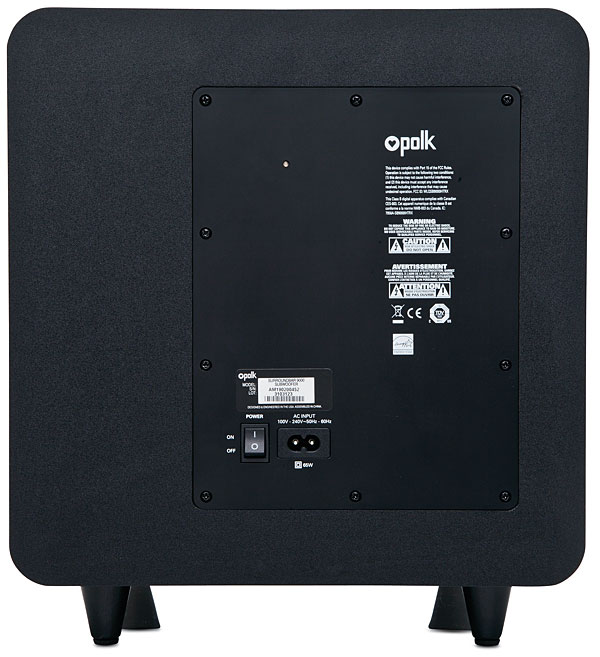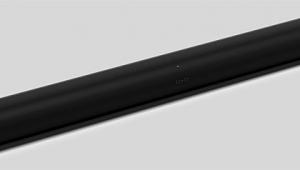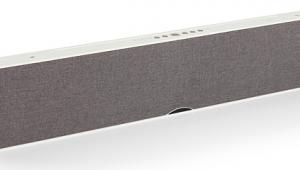"While it doesn’t do the near impossible and convince you there’s actually sound coming from behind you, the SB9000 does create an exceptionally wide, dynamic soundstage that fills the entire front wall and often reaches part way down the sides of the room."
Just a point of information: 5.1-channel surround was never intended to put sound behind the listener. Almost all speaker placement recommendations (Dolby, DTS, THX, etc.) put the surround speakers to the sides of the listener.







































































